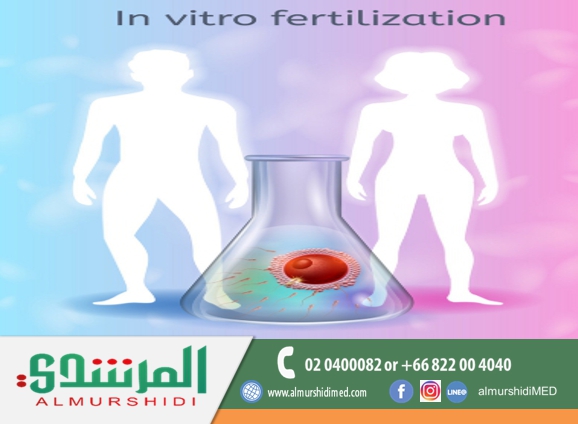

Complex series of procedures used to help with fertility or prevent genetic problems and assist with the conception of a child.
IN VITRO FERTILIZATION (IVF) PROCEDURE USED
to treat infertility in the following patients:
*Blocked or damaged fallopian tubes
*Male factor infertility, including decreased sperm count or sperm motility
*Women with ovulation disorders, premature ovarian failure,uterine fibroids.
*Women who have had their fallopian tubes removed
*Individuals with a genetic disorder
*Unexplained infertility.
IVF and EMBRYO TRANSFER PROCESS
Step 1: Fertility medications are prescribed to stimulate egg production. Multiple eggs are desired because some eggs will not develop or fertilize after retrieval. A transvaginal ultrasound is used to examine the ovaries, and blood test samples are taken to check hormone levels.
Step 2: Eggs are retrieved through a minor surgical procedure that uses ultrasound imaging to guide a hollow needle through the pelvic cavity to remove the eggs. Medication is provided to reduce and remove potential discomfort.
Step 3: The male is asked to produce a sample of sperm, which is prepared for combining with the eggs.
Step 4: In a process called insemination, the sperm and eggs are mixed together and stored in a laboratory dish to encourage fertilization. In some cases where there is a lower probability of fertilization, intracytoplasmic sperm injection (ICSI) may be used. Through this procedure, a single sperm is injected directly into the egg in an attempt to achieve fertilization. The eggs are monitored to confirm that fertilization and cell division are taking place. Once this occurs, the fertilized eggs are considered embryos.
Step 5: The embryos are usually transferred into the woman’s uterus three to five days following egg retrieval and fertilization. A catheter or small tube is inserted into the uterus to transfer the embryos. This procedure is painless for most women, although some may experience mild cramping . If the procedure is successful, implantation typically occurs around six to ten days following egg retrieval.
HOW SUCCESSFUL IS IN VITRO FERTILIZATION (IVF) PROCEDURE?
The success rate of IVF depends on a number of factors including reproductive history, maternal age, the cause of infertility, and lifestyle factors. It is also important to understand that pregnancy rates are not the same as live birth rates.
There are a number of questions to ask regarding the cost and details of specific centers and fertility programs. If you are looking for testing or options don’t hesitate to contact us!
email: almurshidi.medical@gmail.com
line/instagram: almurshidiMED
whats app: +66 822 004 040








